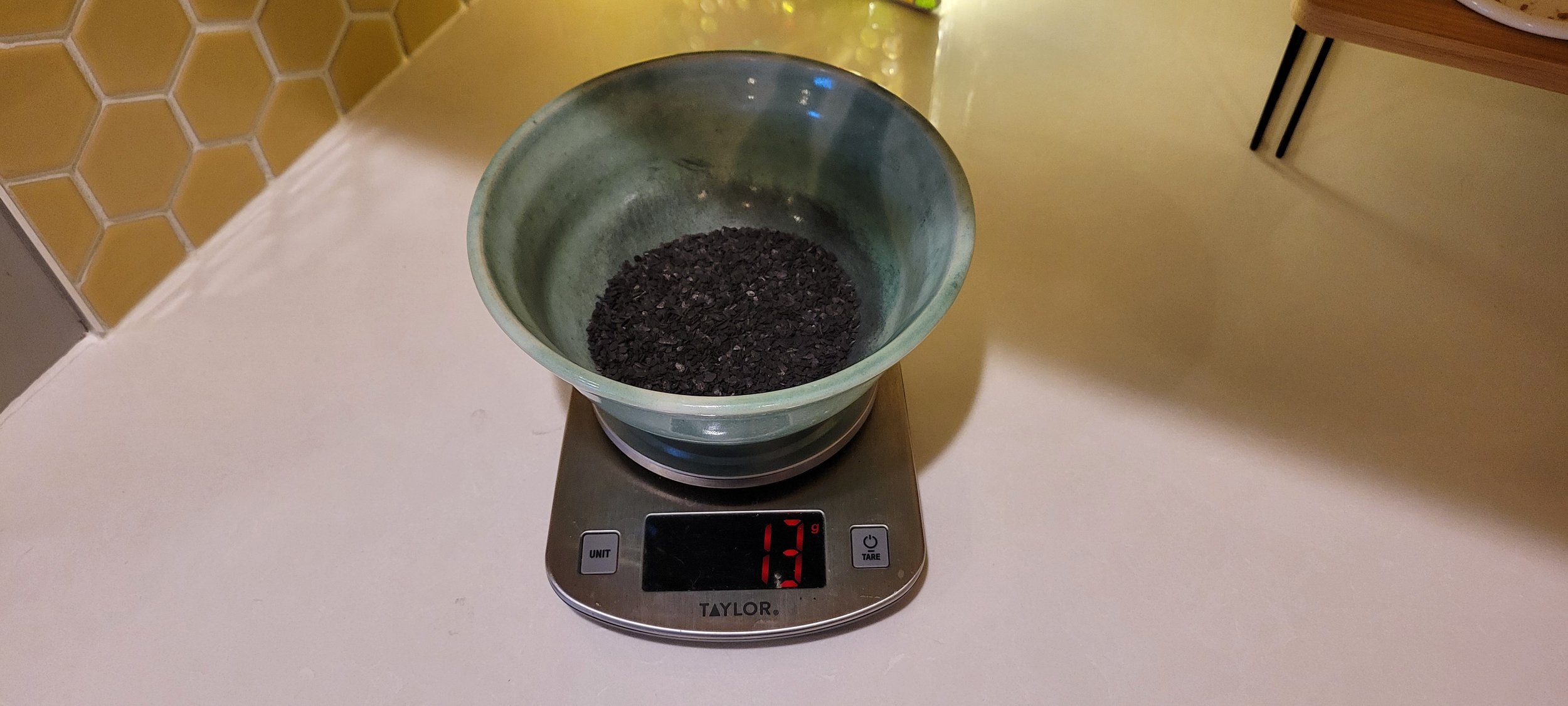
Analysis & Tools
2025 Market Analysis Report:
When most folks think of Biochar their thoughts immediately turn to agricultural uses. Me too. Biochar is an amazing way to add essential carbon back to farmland. Additionally, applying biochar to soil sequesters carbon from the atmosphere, helps retain soil moisture, and can prevent nutrient loss from the soil it is mixed into. As a global society reliant on farming for our survival, we should be spreading biochar over every square inch of our farmland. Likely, if you are reading this, you agree.
What if you refine biomass into products with higher concentrations of carbon (>75%)? I like to describe this high-test biochar as Biocarbon. Biocarbon, because of its purity, is perfect for use in industrial processes such as Metallurgy (e.g. iron ore purification) and as an industrial ingredient where high-purity carbon is required. What are some of the products which can be made by refining biocarbon?
Here’s some data from my 2025 Market Analysis:
Product Focus: Metallurgical BioCarbon (Coke)
2025 Global Market $226B / $4.9B Domestic
85% of Global Total Carbon Market
Grade 1 Metallurgical Coke – Dry Quenched ~$211 per Short Ton
~23M Short Tons to meet Domestic Market Need
Market Requirements: Carbon Content, Moisture Content, Composition, Densification
Sales Opportunity: Reducing agent used in Metallurgy to manufacture Green Steel and Titanium
Product Focus: Carbon Black
2025 Global Market $23.7B / $4.3B Domestic
8.96% of Global Carbon Market
2025 U.S. Producer Price Index of ~$618 per Short Ton
~7.08M tons to meet Domestic Market Need
Market Requirements: Purity, Size, Composition
Sales Opportunity: 90% Rubber Goods,10% Inks, Coatings, and Plastics
Product Focus: Graphite
2025 Global Market $8.3B / $3B Domestic
3.14% of Global Carbon Market
2025 North American Prices ~$2-4k+ per Short Ton
~1M tons to meet Domestic Market Need
Market Requirements: Purity (99.68+%), Grain Size
Sales Opportunity: Electrodes, Battery Manufacturing, Nuclear Industry, Lubricants
Product Focus: Activated Carbon
2025 Global Market $5.8B / $1.5B Domestic
2.19% of Global Carbon Market
2025 North American Prices ~$1615 per Short Ton
~987K Short Tons to meet Domestic Market Need
Market Requirements: Purity, Composition, PH, Surface Area
Sales Opportunity: 62% Water, Air, and Gas Purification, 20% Medical, Automotive,18% Food Processing
Product Focus: Biochar
2025 Global Market $775M / $269M Domestic
.29% of Global Carbon Market
2025 North American Prices: 85% Carbon at 10% MC: ~$533 per Short Ton, 85% Carbon at 59% MC: ~$272 per Short Ton
~991K tons @ 59% MC to meet Domestic Market Need
Market Requirements: Carbon Content, Purity, Surface Area, Moisture Content
Sales Opportunity: Agriculture / Nutrient Retention, Water/Land Treatment, Carbon Sequestration
Clearly, there’s more to be done with biocarbon then just use it for agriculture. If you want to download the entire Report (including raw data and sources) just click on the below image.
Units of Measure Calculation Tool:
Let’s discuss some key Units of Measure including Cubic Yards, Short Tons, and how all of this comes into play when you add the additional dimensions of moisture content and density. Rest assured, if you are in the industry (or just poking around in it) these are concepts you need to understand.
Let’s start with the volumetric concept of a “Cubic Yard”. A cubic yard has 27 cubic feet. You could put some bone dry char (Moisture content of 0%) into this cubic yard, weigh it, and find out that it has a density of 165 LBS/YD3) or 6.111 pounds per cubic foot. It is easy to calculate that a short ton (2000 pounds) of this dry carbon would contain 12.12 Yards of bone dry char (2000/165=12.12). Here’s where it begins to get confusing: How do you calculate what this same material would weigh if it had a moisture content of 59%? It is still going to be a cubic yard in volume, but its density will be significantly higher because of the water weight.
What if you want to purchase char/carbon by the short ton? This is super easy if the material is bone dry as you know you are purchasing a short ton or 2000 pounds of char/carbon. Done. What if this same material has a moisture content of 59%? How much dry carbon is in a ton of wet carbon”? No one wants to pay for water - just the dry carbon.
A colleague of mine said to me “I do think that in general all people are challenged with unit conversions and should have paid better attention in physics and chemistry class.” He’s right. In truth I’m one of those people. My English degree just did not prepare me for these types of calculations. It did, however, prepare me to be creative!! Below, please find a link to an Excel tool I built to help the Industry perform these calculations.


